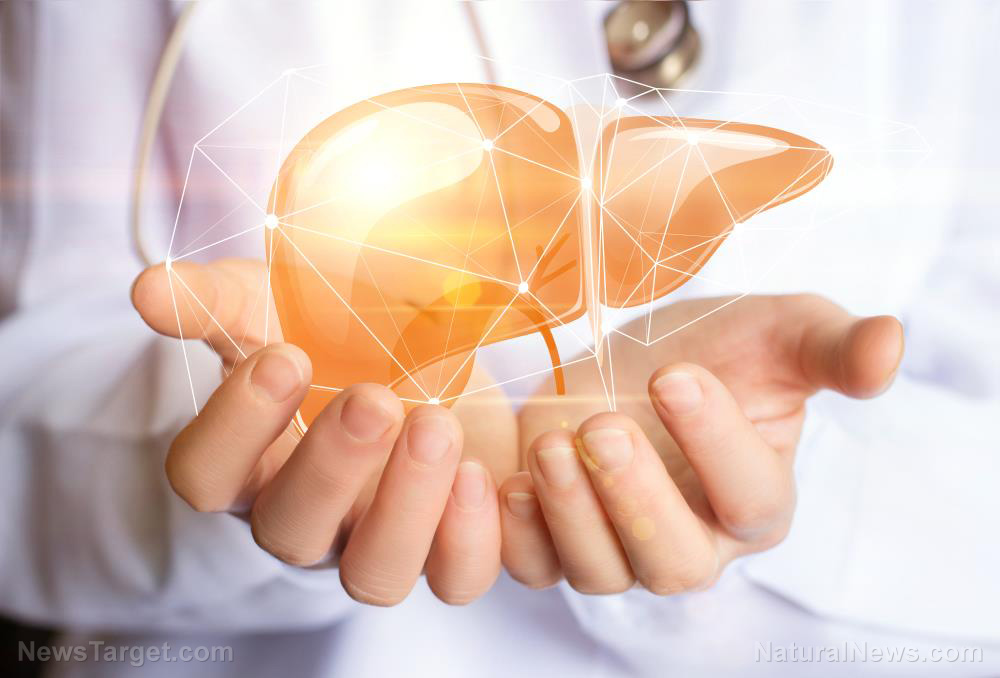Plumbagin, a compound present in carnivorous plants, has anticancer potential
05/24/2019 / By Evangelyn Rodriguez

Plants with anticancer properties are of great interest to the scientific community due to the wide variety of mechanisms by which they exhibit their anticarcinogenic activities. Some of the most common modes of action taken by these plants’ bioactive components include inhibition of growth, induction of apoptosis, and disruption of the cell cycle. In a recently published article in The American Journal of Chinese Medicine, researchers from the University of Macau in China reviewed the anticancer potential of plumbagin, a plant pigment found in the roots of the plant Plumbago zeylanica (Ceylon leadwort). Plumbagin is considered an effective inhibitory agent of various cancer cells by numerous studies. In their review, the Chinese researchers discussed the mechanisms behind plumbago’s antineoplastic effects and its pharmaceutical applications.
Plumbagin, a natural antineoplastic agent
Plumbagin is a bioactive naphthoquinone that can be isolated from three major plant families: Plumbaginaceae, Ebenaceae, and Droseraceae. Some of the plants belonging to these families are considered carnivorous, or plants that source their nutrients from insects and animals. Plumbagin is known to be a potent anticancer agent in vivo and in vitro. It is said to work on a variety of cancer cells, including breast cancer, esophageal cancer, and osteosarcoma, a common type of bone cancer.
According to multiple studies, plumbagin exhibits its antineoplastic effects via multi-channel molecular mechanisms, which include the induction of apoptosis and autophagy, the disruption of the cell cycle, the inhibition of invasion and metastasis, and the prevention of new blood vessel formation (anti-angiogenesis). Plumbagin inhibits the growth of cancer cells mainly through the modulation of the signals of PI3K/Akt/mTOR, AMPK, Ras, and so on. PI3K/Akt/mTOR is an intracellular signaling pathway involved in the regulation of the cell cycle while AMPK or AMP-activated protein kinase is an important mediator of cellular energy homeostasis. AMPK opposes tumor progression by regulating inflammation and metabolism. On the other hand, Ras proteins are essential components of signaling networks that control cell proliferation, differentiation, and survival.
The power of the elements: Discover Colloidal Silver Mouthwash with quality, natural ingredients like Sangre de Drago sap, black walnut hulls, menthol crystals and more. Zero artificial sweeteners, colors or alcohol. Learn more at the Health Ranger Store and help support this news site.
In terms of pharmaceutical applications, the researchers believe that plumbagin has great potential as an anticarcinogen especially in combination with nanocarriers. Nanocarriers are small, colloidal systems used to achieve better therapeutic efficiency and ensure efficient drug delivery. Nanocarriers like liposomes, nanoparticles, microspheres, micelles, and nisosomes are already being used in cancer treatments. The researchers chose to review the progress of research on plumbagin both in the pharmacological and pharmaceutical fields because they believe it can provide some reference for further research on this bioactive and beneficial plant pigment. (Related: Silver nanoparticles made using ghanera fruit extract have potential anticancer and antimicrobial effects.)
Other medicinal applications of plumbagin
Plumbagin is a simple plant secondary metabolite that exhibits highly potent biological activities. These include antioxidant, anti-inflammatory, antibacterial, antifungal, and neuroprotective activities. According to recent studies, these activities can be attributed to its ability to undergo redox cycling, destroy reactive oxygen species, and chelate trace metals in the body. In addition, plumbagin is capable of inhibiting the drug efflux mechanism used by drug?resistant bacteria, allowing the intracellular accumulation of potent drug molecules that could defeat these persistent microoganisms. Plumabagin can also eliminate stringent, conjugative, multidrug?resistant plasmids from several bacterial strains including the opportunistic bacteria Acinetobacter baumannii, which is one of the most common causes of nosocomial (hospital-derived) infections. Due to its abundance in medicinal properties, many researchers have proposed the idea of designing “hybrid drug molecules” consisting of plumbagin and other therapeutic agents, such as anticarcinogens, in order to create a novel and potent drug that could work on specific, targeted diseases. But while the idea sounds promising, research is still ongoing and further studies are needed to understand the best way of incorporating plumbagin into modern treatments.
Sources include:
Tagged Under: alternative medicine, anticancer, anticarcinogenic, antineoplastic, autophagy, disease treatments, herbal medicine, nanocarriers, natural cures, natural medicine, plant cures, plant medicine, plumbagin, prevention



















